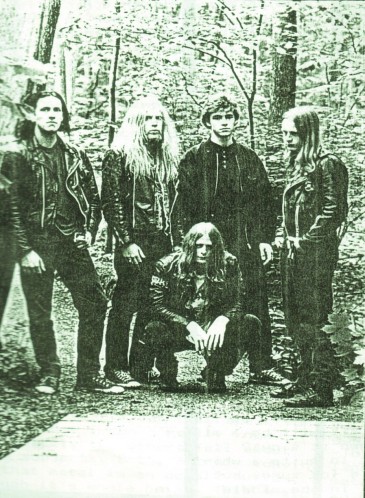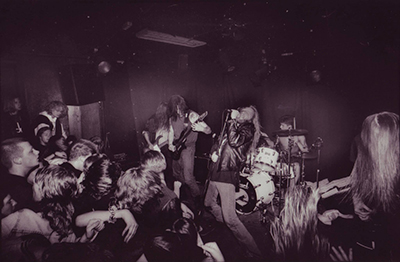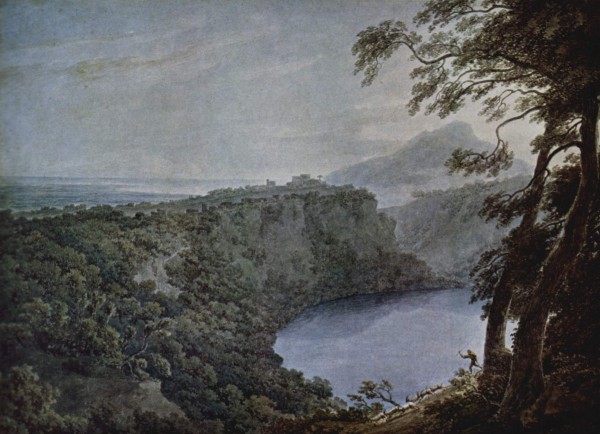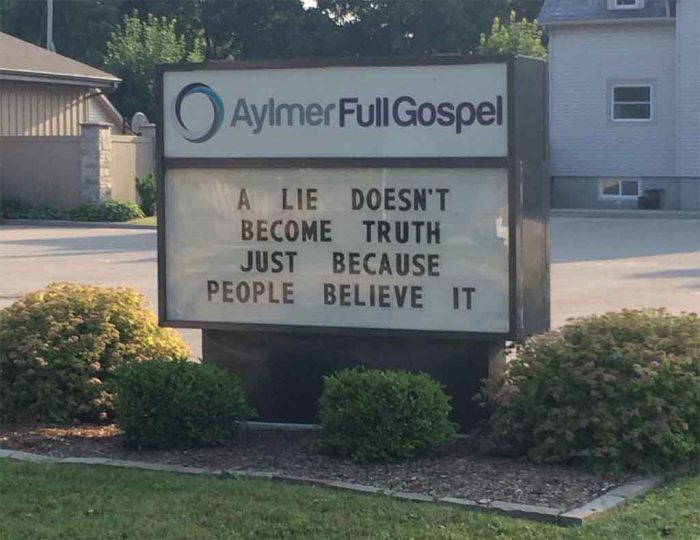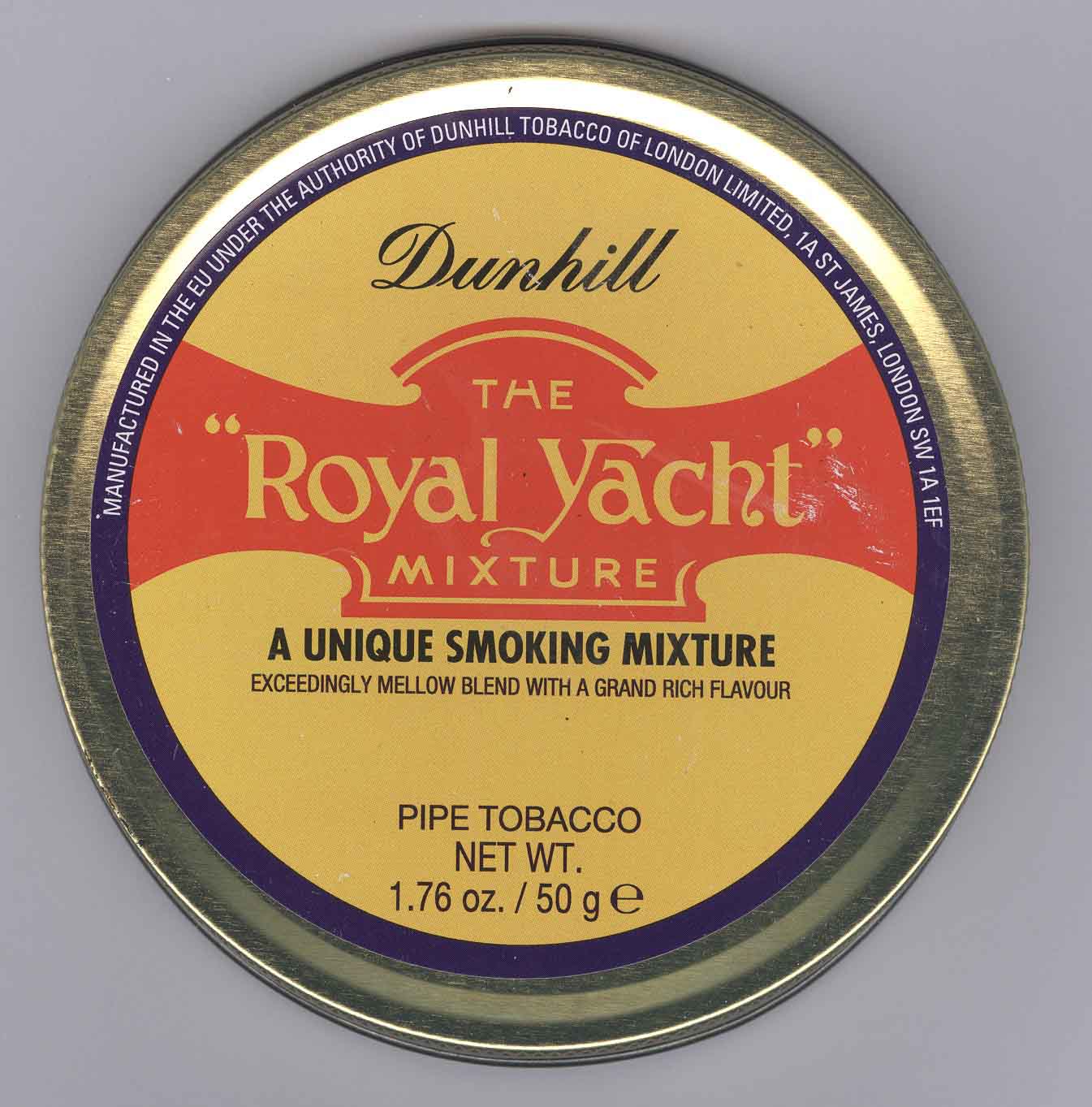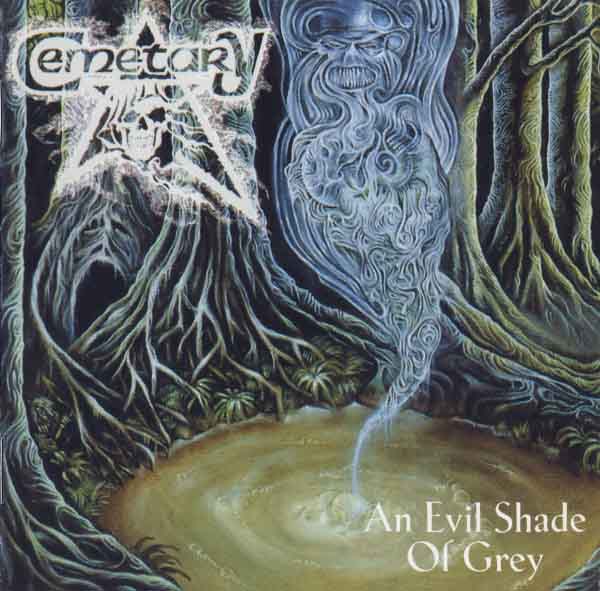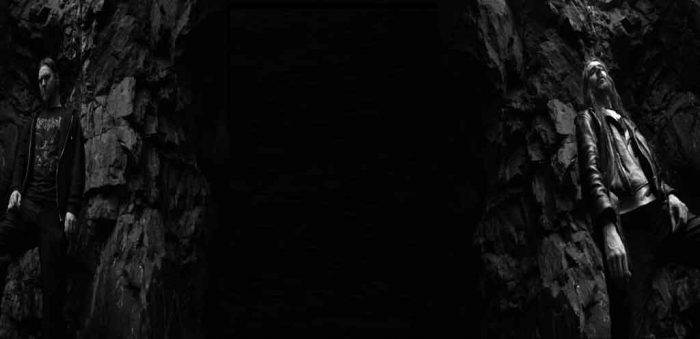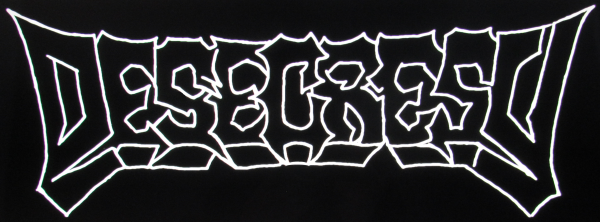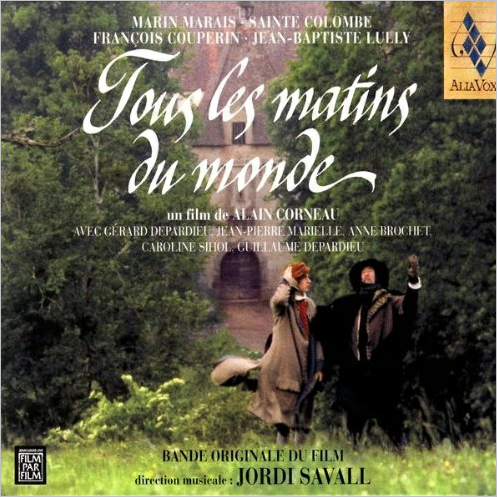I. A brief introduction
In 1992, At the Gates released their first full-length album after an earth-shaking demo of unprecedented refinement in composition. The full-length, titled The Red in the Sky is Ours, was to become not only the band’s magnum opus but also the greatest achievement of Scandinavian death metal then and since then. Hidden under distinct layers of complexity, ideas at different levels flourish, diverge and converge in ways that are not always easy to follow, throwing the less-than-adamant and less perceptive listener off at every turn and twist of the way. This is not a spurious claim but an observation based on deep acquaintance with the composition of the music in this album as it stands in contrast with the groove-banality of most Swedeath, including favorites of the populace like Entombed Left Hand Path.
According to Anders Björler, this early output was almost entirely arranged by the much aged (about 6 years older than the rest of the band members) founding member Alf Svensson, who painstakingly controlled the process even in the vocal department. To be fair, this debut album is definitely the result of the best talents of all the participating musicians directed in a very concentrated direction by a mastermind. In fact, a distinct At the Gates’ “sound” in this era comes from Tompa’s unique style and the exchange between the quirkiness of Svensson’s style and the melodic clarity and repose of Björler’s, without failing to mention the flexible, stellar and extremely appropriate tailor-made drum arrangements of Erlandsson. Among the often-commented and curious ways Svensson had of getting ideas for At the Gates’ music was playing folk music tapes backwards. The whispers, screeches and screams of the vocals were also carefully gauged by this guy who even pitched certain passages — a very uncommon practice in death metal.
Given the strange appearance and convoluted (almost perverted) character of the music that confirm the topic of insanity and inner journeys discussed in the lyrics, it has been overlooked in the same way that even the great genius of J.S. Bach may be deemed “no more than a composer with a penchant for writing minor-key melodies” by the blind and the ignorant. This complexity extends from technique to progressive structures all the way to motif and idea.
https://www.youtube.com/watch?v=Q8wvKcZp6NM
Lyrically, The Red in the Sky is Ours is very poetic, describing scenes and mixing these visions with colored allusions and evocation of feelings, creating a land between the image and the emotion where the two come together and mix, blend and crystallize into one or the other at a different points. This mystic poetry is not only present in the words of the album but is reflected and paralleled in the music. The concept here is strongly integrated and reinforced at several levels that remain elusive enough to create a sense of mystery yet concrete enough to be identified without a shadow of doubt.
The mention of the use of a violin in the album is in order but should not be overemphasized as gimmick-oriented audiences have often highlighted it as if it were the defining or most interesting thing going on here. The violin is appropriately used and adds a very eerie aura through its intensified fretless access to microtones which make the semitone emphasis and augmented intervals sound even more off than they sound on the distorted electric guitar. One can still detect an amateur performance at some level on the instrument, but it is not that notes were missed or that wrong notes were played, and more of a lack of finesse in performance.
II. Apparent influences
At the Gates was formed out of the ashes of Grotesque, a melodic-motif-based, riff-salad-propelled progressive death metal band. The creative and savage impulse of the younger band remains in At the Gates, but filtered through a matured and controlled thought process under the guiding hand of a visionary metal composer. In my opinion, the single greatest metal influence on the band were the Americans from Atheist, whose shadow looms over the fully-formed style of At the Gates in The Red in the Sky is Ours.
Atheist’s trademark is found in its jazz-inspired rhythmic playfulness, ever throwing the audience off balance through ploys in the music that never allow one to feel too at home, always carrying the imagination forth in river rapids that form part of a distinctive greater whole that flows in one direction. As good metal, it is composed and not improvised (though improvisation definitely always plays a role in any composition process, to one degree or another). The stability-instability interplay from section to section follows the Gang‘s and Satz‘s described by A.B. Marx conceptually and through examples of Beethoven piano sonatas.
What At the Gates The Red in the Sky is Ours took from Atheist was an informed fearlessness in the face of convention that did not destroy the music for the sake of innovation but introduced all sorts of pauses, tempo and time signature changes as well as other creative rhythmic gestures within a homogeneous framework that maintained a clear language that conspired to a strong concept rather than indulging any of the musicians. But the younger band took this further and deeper than veterans even in their masterpiece Unquestionable Presence, creating much more powerful and meaningful gestures by making them varied yet subservient to a layered concept.
III. Creating a language
Usually, one relates a band with a style. This style implies the use of not only certain instrumentation but also musical tropes that the audience can expect. A good reason for a band to adopt a particular style (rather than going rogue and define parameters completely on their own) is intelligibility. Unfortunately, more often than not this is not the reason why bands do this, but rather because they are not gifted in music creation and thus only choose a style as a suit to wear and not as what it actually is: a language to speak.
When it comes to this band’s early works, the first step in understanding just what exactly this style they chose is requires an acknowledging of the fact that At the Gates created a dialect of their own from the firm bases of contemporary underground metal at the time. This consisted in abandoning as much as possible stylistic tendencies in structure or composition and reducing their relation to death metal to rudimentary technique aspects such as blast beats, d-beats and other variations basic percussion patterns when it came to the drums, and “tremolo” picking for melodies, power chords (and absolutely no use of any other kind of chord in a single guitar), hammer-on’s and simple, non-tremolo picking mostly for syncopated passages.
It is not claimed here that all this was precisely calculated by the band, and it is acknowledged that in all possibility, it was the result of the unconscious result of musically talented minds searching for self-expression. The following section illustrates approaches in applications of typical then-contemporary death and black metal techniques in the framework of distinct songwriting procedures in The Red in the Sky is Ours.
https://www.youtube.com/watch?v=qOB_jvRGyOM
IV. Tainting the sky with red
- Motif forms. Motif forms in developmental variation as described by Arnold Schoenberg in his Fundamentals of Musical Composition is a series of melodic patterns evolve from executing transformation functions on a primordial one. As little as two distinctive notes from this first melodic pattern can be highlighted and played upon as the central motif, while the rest is twisted, expanded, contracted, flipped, omitted or changed in any other way in progressively differentiating ways. This is not to be confused with a theme, which is a distinctive melodic pattern that is kept intact in the relative relation between its notes and which in the most extreme cases is played slower or faster, or in a different register. Motif forms allow for a wider range of manipulation that nonetheless preserves a link to a central idea that can be sometimes difficult to see at first, leading relations between sections to sound less than obvious. In the case of The Red in the Sky is Ours, this has resulted in accusations of riff-salad looseness, but these allegations do not hold up in light of the evidence. However, it is true that a degree of intelligibility is sacrificed when flexibility is increased, and these two are one of the so many extreme poles in between which musics attempt to find a certain balance or inclination for their expression.
- Harmonic coloring. After the selection and limitation to a rudimentary “alphabet”, the reducing of building materials to a homogeneous mixture, At the Gates proceeds to define the next layer: their vocabulary. What happens next are the decisions that shape the character and coloring of the music in terms of the relations between the instruments in terms of texture and harmony. Harmony here does not only refer to the horizontal relation of notes at any one point in time, but of the sequence of harmonic implications within or between riffs. In the strictly horizontal aspect, when the two guitars play melody lines, they often play the same, leaving “harmonization” as an afterthought until after the riff has been properly introduced and the listener is very well-acquainted with it. Rather than a way to easily beef-up the music as in Sentenced North from Here, At the Gates makes a much more elegant and measured use of it as if it were a punctuation mark. This is mostly done in fifths, sometimes in octaves and a very few times in minor third intervals. A very few passages make use of short counterpointed melodies of the most basic sort, but inserted in crucial points to a very powerful effect. The use of each of these not as a feature but as part of a set of calculated flourishes is another thing that makes At the Gates rise above most bands. Needless to say, the rhythm-and-lead modality is used by At the Gates very, very little and usually takes the form of something more akin to melody and counter-melody. The second aspect can be noticed in different applications. One of them is playing a melodic pattern in one register and then playing it exactly as it is exactly one semitone above its original instantiation. The band uses this simple technique to expand several riffs throughout their debut and is in line with the music’s apparent penchant for focusing on the semitone as a motif, giving the music a very uncomfortable lingering feeling most of the time as the minor second interval is a very dissonant one only a little step away from perfect resolution. This, in turn, is liberated by the addition of more stable (so-called “melodic” — correct term: consonant) passages that are in turn intensified and elevated by being placed amongst the ever-present hanging melodic, semi-tone dissonance.
https://www.youtube.com/watch?v=Q6O4QGtNbdk
- Percussion. As has been said before, the drums in metal should be more than the strict representation of tempo, but they should not run amok in self-indulgent expressions of virtuosity or “feeling” either. In the band’s debut album, Adrian Erlandsson achieves perfection in balance between creativity and functionality in a very technically-oriented style. Like many of the early classics, this technically intense music can go undetected because of two reasons this writer can think of in this moment. The most easily pointed out is the fact that the basic expressions are rudimentary metal techniques which in themselves do not present a challenge to accomplished drummers. But looks can be deceiving as the difficulty lies in the smoothness between patterns, in addition to the right emphasis within and between them in relation to the rest of the music. This is basically metal drumming taken to classical heights and taking technical cues from the only available precedent: old jazz drumming. A very good example is the way the drums complement (rather than mirror) the speed of the notes and intensity of the guitar patterns. Sometimes these two come together and accents are focused, sometimes the drums will reduce intensity and calm down to a very basic pattern in order to give space and highlight to a particularly melodic-consonant guitar melody interplay and yet sometimes it will blast away as the guitars play moderately midpaced and slow notes. These never feel forced or out of place when seen from the point of view of being an expression inside a larger scheme, but may seem a little “weird” when taken out of context. Unfortunately for the appreciation of this album, most listeners cannot go beyond the moment and the riff or the cool drum pattern. The beauty of truly advanced drum arrangement (as opposed to virtuosic display alone) is completely lost on most of the audience.
https://www.youtube.com/watch?v=c20QaW5fXzw
- Silences and pauses. A subtle but decisive element that elevates the composition in The Red in the Sky is Ours to a place actually besides classical music (as opposed to the many metal albums that are superficially likened to classical music based on this or that pattern in the music) is the use of silences for articulation — yet another device used by Atheist that At the Gates took to a whole other level. Silences throughout the album work mainly as expectation creators, creating an effect of falling through empty space, and as buffers between two different motific areas. It is also worth pointing out that silences do not only occur in total muting of all the instruments. Sometimes the little trick Atheist likes of letting the bass run over a little drum pattern alone only to have the guitars come after it is used. But also, one guitar alone over drums, or only drums, or alternations of all of them (as occurs in the closing passage of “City of Screaming Statues”).
https://www.youtube.com/watch?v=5ymtH87UuVA
- Orchestration. The bas-reliefs created in The Red in the Sky is Ours thus run at multiple levels, from these plays of harmony, to motif relations, to textural adjustments in between the instruments in which the percussion plays no small role. An analysis of the flow of the music from one section to another reveals a painstaking amount of planning and consideration regarding these elements. The album amounts to an extremely expressive and variable set of statements and arguments from a single voice (embodied by the aforementioned homogeneous-ness from adherence to rudimentary techniques and particular harmonic-melodic inclinations). When it comes to orchestration, the decisions of how and when to let the guitars use this or that picking technique, when to make them play the same or in harmony, when to let the drums lead, when to make the drums fade into the background seem to obey a song-wide plan, and not one in which only the shock or pleasing nature of any one passage is considered. So, it is not which techniques or approaches At the Gates used in their debut, but how and to what ends they did. This music speaks out as if it had sentient and emotional capacity of its own beyond the words or the execution of any single instrument that produces it.
“The term orchestration in its specific sense refers to the way instruments are used to portray any musical aspect such as melody or harmony.”
— Orchestration Wiki
V. Long-range planning
Now comes one of the most exciting and accomplished aspects of The Red in the Sky is Ours: its composition on the scale of whole pieces, rather than in a collection of disparaged cool-sounding passages. Without any assumption of a voluntary or conscious reference by the band to master composers, this writer feels the need to illustrate the outstanding crystallization of advanced thought processes in composition by making a connection between this great metal work to certain general procedures of Ludwig van Beethoven, Anton Bruckner and Antonio Vivaldi.
Structurally, the affinity to Beethoven’s method comes first as it refers to the encompassing of motifs and their tying-together by entanglement. The late German master would develop a first main motif, sometimes introducing a contrasting idea that may be mistaken as simple gimmicks for effect here and there. Now, he would not allow these to remain simple dead ends. These initial and apparently random passages that salted the presentation of a first motif would become the seeds for other areas of development, thereby revealing them as hints and vistas of what lay ahead. Like At the Gates, Beethoven sometimes introduced new ideas in a contrasting and almost transition-less manner, and then proceeded to slowly integrating them by interpolating them and already-established motifs, even using them together while always looking ahead in the development. Beethoven’s late quartets display everything one can look forward to in At the Gates The Red in the Sky is Ours in more advanced arrangements.
https://www.youtube.com/watch?v=XEZXjW_s0Qs
The reference to Anton Bruckner may not be as pervading and far-reaching as Beethoven’s, but it is still a key aspect of the character of At the Gates’ debut. This is a specific way of reusing and sometimes transforming a motif which works on a different dimension than the developmental variation. This is the attention to the color of a same idea, perhaps a theme or simply a motif in different contexts as it shines through different harmonies and textures. Brett Stevens has aptly described this as prismatic technique, alluding to the effect a crystal has over light going through it and exiting from different angles.
https://www.youtube.com/watch?v=gljRZ-3BlcM
Last comes the most general and slightly elusive comparison to Antonio Vivaldi’s music. The relation of any metal music which has separate guitar lines can be likened to a lot of Vivaldi’s music for two violins, as this revolves around two lines. The best melodic death metal uses this concept to its full potential. Also, the clarity and rhythmic straightforwardness and affirmative character of this pure, Italian baroque music is a template and reflection of good and simple progressive underground melodic metal such as the album under discussion. In the case of this metal masterpiece, I want to especially call attention to an section-expanding procedure in which a pattern is repeated while elements surrounding it add to its texture in increasing waves or in slide-shift manner that quickly takes one idea and juxtaposes it to a second as the second one takes precedence towards the end of the whole section. (Typical in At the Gates’ music -> G1: A A A’ A’ BBB’B’ B’B’, G2: AAAA A’BB’B’ B’harB’har)
Last of all, there is a high-level characteristic that gives this music a very organic feeling, that is how the number of repetitions adjust to the needs of the music, often avoiding sounding too squared, too even. Instead of a lot of the typical “repeat four times” formula we find in metal we find a lot of different combinations that nonetheless favor the even-ness traditional to the genre. What is achieved here is an element that lends unpredictability but does not detract from the music, a small tool used when music needs a little push from un-evenness: odd number of repetitions. This becomes especially powerful when combined with the riff-motif sliding technique just mentioned. A perfect exampled can be distinguished in the middle climax/breaking point of “City of Screaming Statues”.
While most would agree that most death and black metal need to be analyzed with a modal mindset, approaching The Red in the Sky is Ours with this more simple-minded preconception would be doing the masterpiece a great disservice. The powerful way in which harmony, implied or explicitly presented, is used here was unprecedented in its time and has largely remained unparalleled since in the death metal world. Yet it is not this or that aspect what makes it astounding, but the convergence of all the elements and the stacked up layers of refined aspects from playing technique to mind-numbing attention to composition technique in its vertical and horizontal dimensions and in its short and long ranges.
Crafting a unique album in the full sense of the expression, At the Gates gave us an example of how thinking that everything has already been done is just a scapegoat for people who were not meant to be creating artists in the first place. The Red in the Sky is Ours does not introduce new playing techniques or strange avant-garde-isms in strange influences that change the character of the music, but for those with the eyes to see it, they rose above the masses in producing a profound work of art that will remain immortal so long as its objective qualities, at least, are understood. This is an album that stands besides Burzum Det Som Engang Var and Cóndor Duin in showing us how excellent, original and forward-looking music can be created without resorting ignorant attempts at directly redefining paradigms or favoring nonsensical experimentation that results in garbage. Instead, what we have here is sure-footed creativity based on tradition that is carefully gauged through both technical knowledge in its Apollonian manifestation and its inner Dionysian sense to a both logical but unpredictable result.
95 CommentsTags: 1992, Adrian Erlandsson, Anders Björler, anton bruckner, Antonio Vivaldi, Arnold Schoenberg, At the Gates, atheist, death metal, entombed, Left Hand Path, Ludwig van Beethoven, Melodic Death Metal, Sweden, The Red in the Sky is Ours
